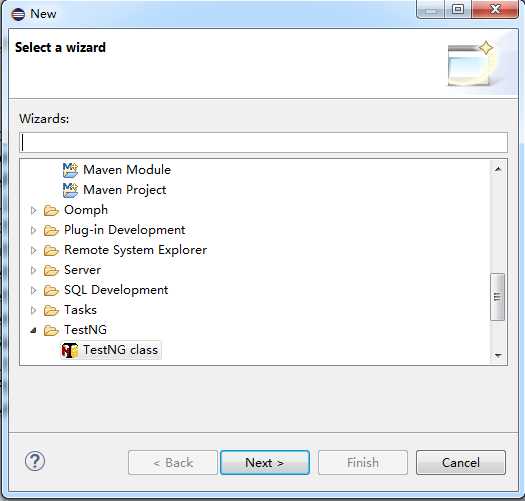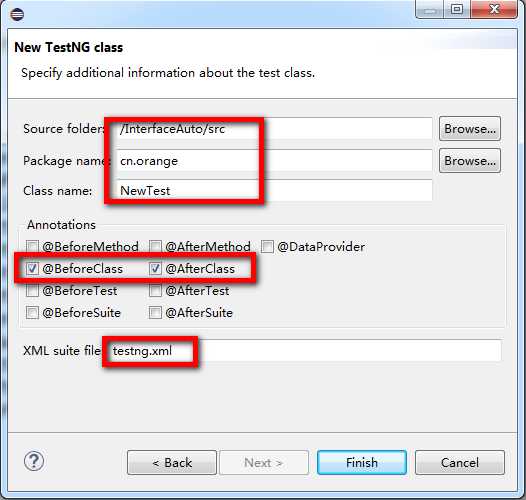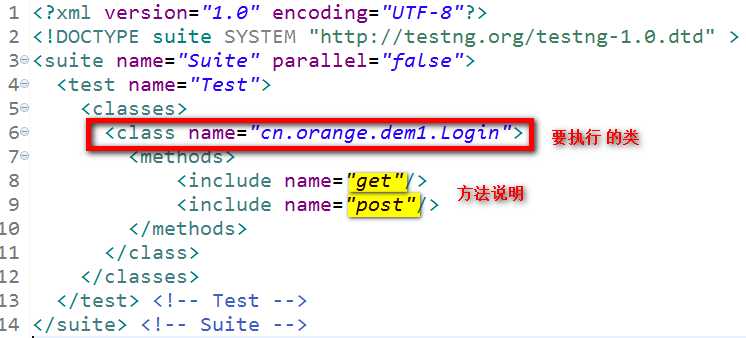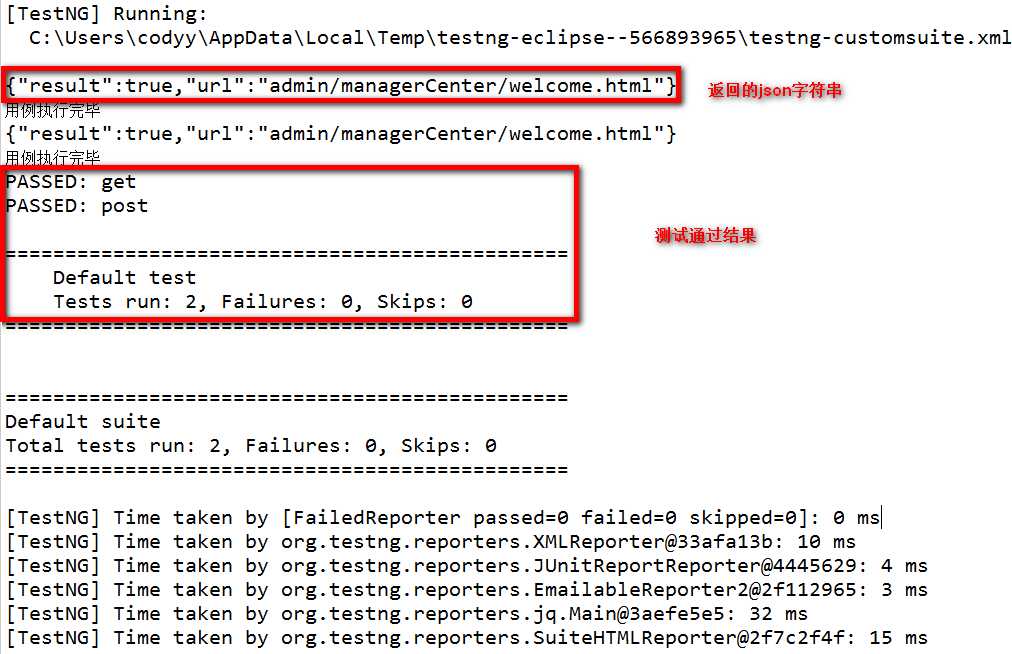标签:java环境 for user class exce 默认 protoc get 信息
testNG是一个测试框架,它能组织测试用例按照你想要的方式进行运行,并输出一定格式的便于阅读的测试报告(结果),通过java+testng的方式说明一下接口测试的基本使用方法。
一、环境搭建
a)千年不变的java环境配置,度娘可以提供
b)千年不变的eclipse包下载,度娘可以提供
c)在elipse中安装testng,方法度娘可以提供
二、基于http协议的接口测试编码
步骤一:eclipse中创建java工程,导入HttpClient对象所属的jar包,这在我的上一篇文章中已经提及。
步骤二:创建testng类,并默认添加testng.xml文件


步骤三:在类中编写两个方法用于实现get和post请求,当然为了能将这两个方法扔给testng执行,需要在方法明上添加@Test注解
1 public class Login { 2 3 String url = null; 4 HttpClient client = null; 5 6 @Test 7 public void get() throws ClientProtocolException, IOException { 8 9 url += "?userName=xxxx&password=xxxx"; 10 //建立get请求 11 HttpGet get = new HttpGet(url); 12 //发送请求,得到响应 13 HttpResponse response = client.execute(get); 14 //返回响应体 15 HttpEntity entity = response.getEntity(); 16 //将响应体以字符串形式返回 17 String content = EntityUtils.toString(entity); 18 System.out.println((content)); 19 } 20 21 @Test 22 public void post() throws ClientProtocolException, IOException{ 23 //建立post请求 24 HttpPost post = new HttpPost(url); 25 //封装参数信息,使用list保存 26 List<NameValuePair> pairs = new ArrayList(); 27 NameValuePair pair1 = new BasicNameValuePair("userName", "xxx"); 28 NameValuePair pair2 = new BasicNameValuePair("password","xxx"); 29 pairs.add(pair1); 30 pairs.add(pair2); 31 post.setEntity(new UrlEncodedFormEntity(pairs)); 32 33 //发送请求,得到响应 34 HttpResponse response = client.execute(post); 35 //返回响应体 36 HttpEntity entity = response.getEntity(); 37 //将响应体以字符串形式返回 38 String content = EntityUtils.toString(entity); 39 System.out.println((content)); 40 } 41 42 @BeforeMethod 43 public void beforeTest() { 44 url = "http://xxx.com//loginValidate.do"; 45 //客户端 46 client = HttpClients.createDefault(); 47 } 48 49 @AfterMethod 50 public void afterTest() { 51 System.out.println("用例执行完毕"); 52 } 53 54 }
步骤四:执行,如果需要右击testng.xml文件执行,需要配置testng.xml文件

步骤五:查看运行后的结果

标签:java环境 for user class exce 默认 protoc get 信息
原文地址:https://www.cnblogs.com/udiOrange/p/9629715.html